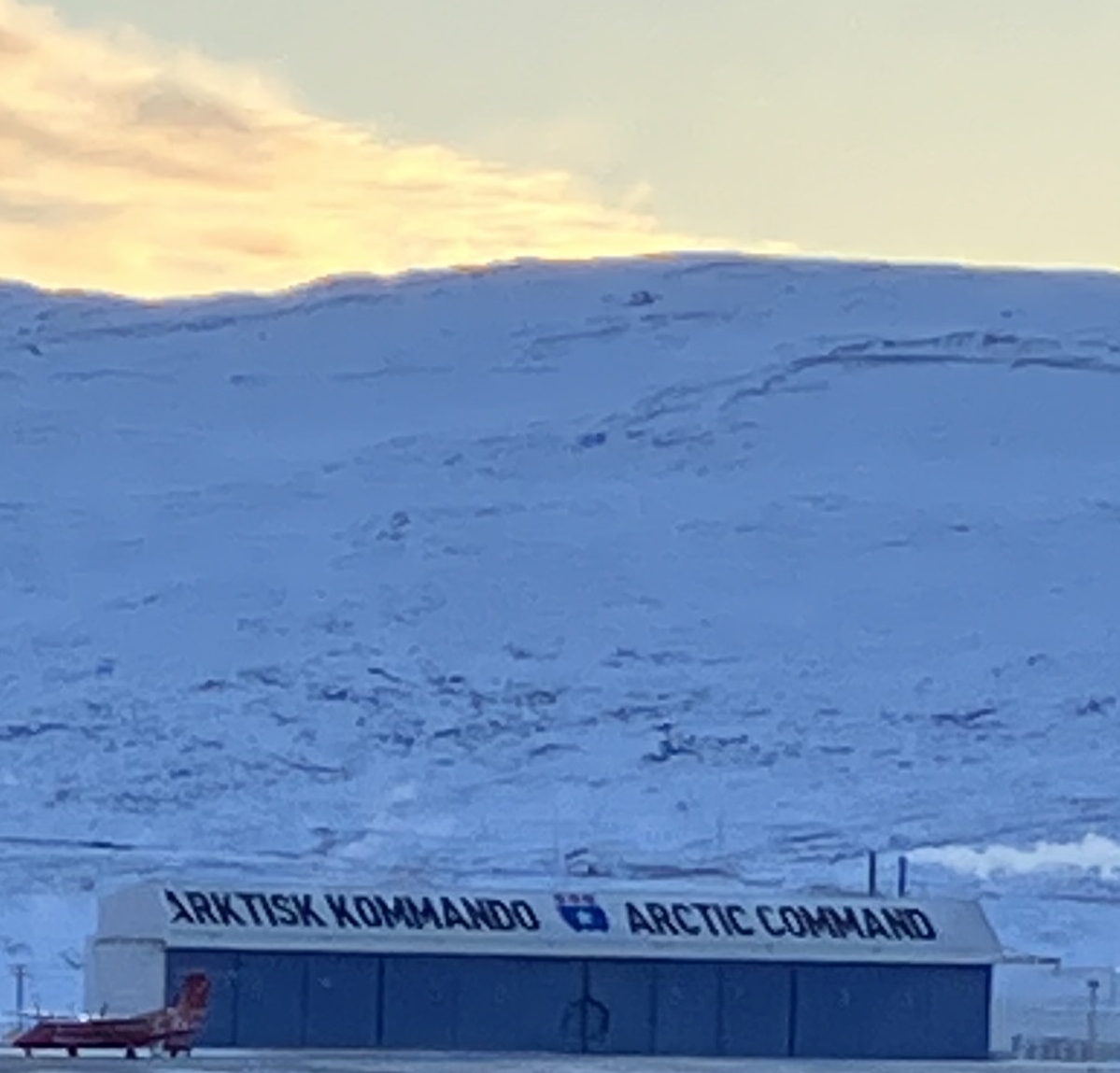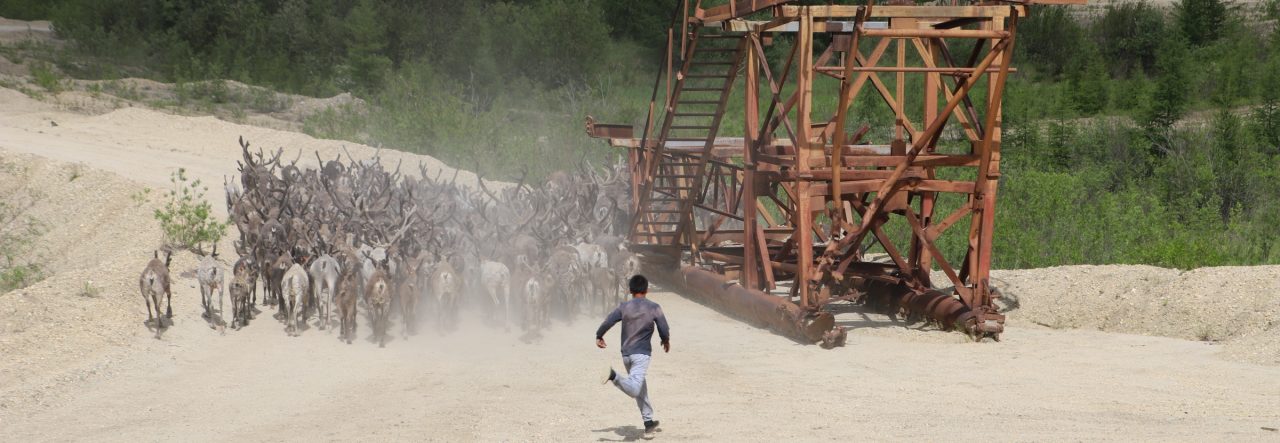
Usually we associate Inuit livelihood with hunting, both terrestrial and sea-mammal, beautiful material culture, handicrafts made of whale, seal, and more recently, the fishing economy. However, in Greenland’s South there is a 1000 year history of herding pastoral animals, once imported from the Norse / Vikings. Nowadays this indigenous pastoralist livelihood in South Greenland is part of a Unesco World Heritage site, appreciating both the cultural heritage of the Norse and the contemporary pastoralist livelihood. I joined projects and forces with Bruce Forbes and will be working for two weeks with sheep and reindeer herders in South Greenland with a diverse set of questions in mind.
In our WIRE – Fluid Realities of the Wild project, we are interested in how notions of domesticity, tameness and wildness are associated with people’s lived experience of their human-animal relations on the land. In this respect, the herders in South Greenland have ways of knowing the land from the past 1000 years with their animals, a wisdom that can help us to get a better idea about how the domesticity or ‘wildness’ of animals really depends on the relations of people to their environment, rather than the genome of the animals. Tim Ingold, writing about “Beyond Biology and Culture”, would like that approach with his argument that history is “a process in which organisms or persons come into being with their particular forms and capacities and in which, through their environmentally situated activities, they condition the development of other organisms or persons to which they relate” (2004: 218).
Alongside these fundamental questions, we are also exploring the herders perceptions of their changing environment and climate of course. One would think that a retreating icecap might create new opportunities for pastures, but is it that simple? Or are the possible benefits of ice-free land outweighed by the growing instability of the weather and seasons? What will that mean for pastoralism in South Greenland? What are the herders’ approaches to care and feeding the animals? How much autonomy and independence do people appreciate among their animals. We are going to explore these questions jointly with herders in the next two weeks, in close co-creation of knowledge with our local collaborator Erik Kielsen, who kindly shares his contacts to friends, and is keen to become part of this research. We are so grateful for this!
After the end of the trip, I shall write a summary entry here in the blog. In the meantime, I will share short snippets, pictures and experiences on twitter, on our collective account @arcticanthro , under the hashtag #WIREGreenland
